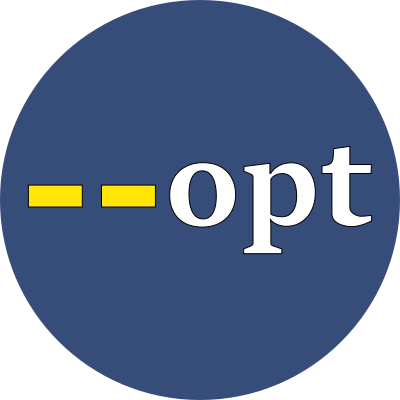Choose which doppelmarks are active
doppelmarks

Use the doppelmark options to choose which two-character sequences to recognize and interpret as BLUEPHRASE syntax.
Syntax
Doppelmark syntax can be selectively disabled, allowing the BLUEPROCESSOR to bypass its normal interpretation of two-character sequences.
Each of these syntax sequences can be enabled or disabled separately:
- indexmarks
- citemarks
- listmarks
- glossmarks
- notemarks
- xenomarks
Note that term-marks are a core feature of BLUEPHRASE and cannot be disabled.
Use these options to selectively disable two-character interpretation:
!option --noindexmarks // treat [[ ... ]] as text
!option --nocitemarks // treat {{ ... }} as text
!option --nolistmarks // treat (( ... )) as text
!option --noglossmarks // treat || ... || as text
!option --nonotemarks // treat ** ... ** as text
!option --xenomarks=none // treat <% ... % and <? ... ?> as text
!option --nomarks // shortcut for --noindexmarks --nocitemarks --nolistmarks --noglossmarks --nonotemarks --xenomarks=none
Use these options to selectively enable two-character interpretation:
!option --indexmarks // honor [[ ... ]] as indexmarks
!option --citemarks // honor {{ ... }} as citemarks
!option --listmarks // honor (( ... )) as listmarks
!option --glossmarks // honor || ... || as glossmarks
!option --notemarks // honor ** ... ** as notemarks
!option --xenomarks=asp // honor <% ... % as ASP
!option --xenomarks=jsp // honor <% ... % as JSP
!option --xenomarks=ruby // honor <% ... % as Ruby
!option --xenomarks=php // honor <? ... ?> as PHP
!option --xenomarks=ng // honor {{ ... }} as Angular
!option --xenomarks=appml // honor {{ ... }} as AppML
!option --xenomarks=wiki // honor {{ ... }} as Wikitext
Note that --xenomarks=wiki and --citemarks use the same syntax. Only one may be activate in each manuscript.
